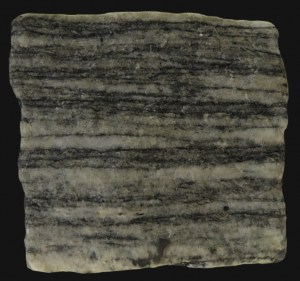6.4 Metamorphic Grade
Metamorphic Rock Grade
Metamorphic grade describes the degree to which a rock has changed during metamorphism. The grade of a metamorphic rock reflects the intensity of metamorphism that is experienced. A low-grade rock has changed little from its parent rock, whereas a mid-grade rock retains only a few aspects of the parent rock. A high-grade metamorphic rock has changed so significantly that almost no aspects of the original parent rock remain. Higher grade rocks tend to be coarser-grained.
Take a close look at the videos of the rocks below. Within these videos, there is a parent sedimentary rock that all of these rocks originally began as.
In the exercise below, you will be asked to order the rocks from the videos above from parent rock to the rock with the highest grade metamorphism. Do not worry too much about rock color – focus instead on which rock demonstrates stronger or weaker foliation and shifts in mineralogy and how this is significantly different from what you have ID’d as the parent rock.
Parent Rock Identification
As you might have noticed in the last exercise, sometimes the parent rock can resemble the metamorphic rock. Sometimes it looks nothing like the parent rock! Based on what you discovered in the previous exercise, carefully look at the metamorphic rocks in the videos below, and then determine what their likely parent rock was in the exercise beneath it.
Possible Parent Rocks
Shale
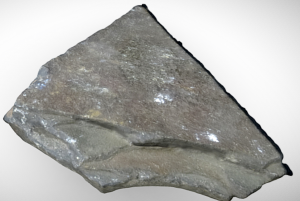
Sandstone
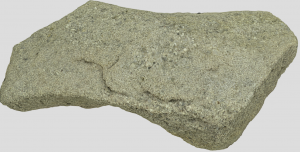
Limestone
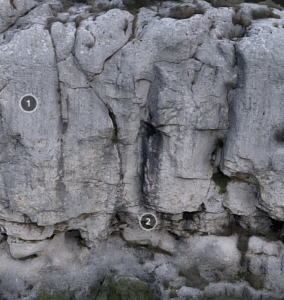
BE SURE THAT YOU CLICK ON THESE MODELS AND INTERACT WITH THEM BEFORE YOU ATTEMPT THE PROBLEM!
Sample 1: Slate
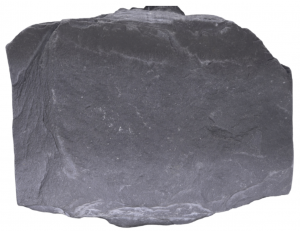
Sample 2: Quartzite
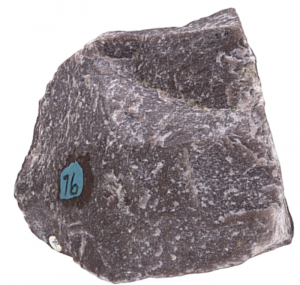
Sample 3: Phyllite
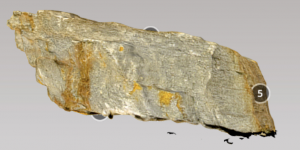
Sample 4: Marble

Sample 5: Gneiss
